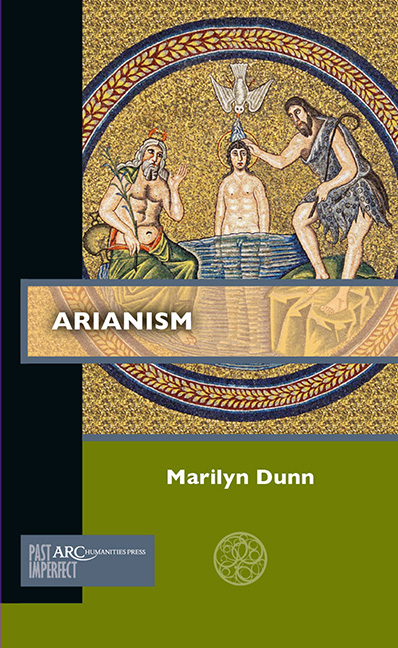Chapter 2 - Entry-Level Christianity
Published online by Cambridge University Press: 18 June 2021
Summary
In this chapter I want to show how new creeds, statements of belief, were formulated in the context of Gothic tribes entering the Roman Empire in an attempt to offer an “entry-level Christianity” that would make sense to them in terms both of their intuitions of divinity and of their relationship with their ancestors. I examine the way in which the “Homoian” Creed of Constantinople (360) emerged as an imperial solution not only to the problem of the Goths on the Danube frontier but also to the theological wrangling which had been taking place since the 340s over the problems created by the Nicene Creed. Moving on from the activities of Ulfila, the creator of a Gothic alphabet and Gothic Bible, the chapter then focuses on the misleading identification of the Creed of Constantinople as Arian and the way in which Homoianism was defeated in 381, to live on in pockets of the Roman Empire.
The Homoian Creed of Constantinople, 360
In 360, a new creed replaced the Nicene Creed of 325 as the official creed of the Empire. According to the Athanasian narrative this was an Arian creed, produced by two Arian bishops, with the backing of the Emperor Constantius II, who had been his enemy since the 340s. Despite considerable opposition from churchmen in both Eastern and Western Empire, the creed of 360 survived as the imperial creed—the Western Emperor Valentinian (364–75) and his brother Valens (Eastern Emperor 364–78) were both Arians. It is often assumed that Arianism spread to the Goths because large numbers of Tervingi Goths—some of whom may already been Christians—took the emperor's religion when Valens permitted them to cross the Danube and settle inside the Empire in 376.
Not only does this traditionally accepted outline build on Athanasius's highly unreliable and ever-evolving version of events, but it also treats the Christianization of the Goths as an essentially top-down process, with no reference to their previous beliefs or possible reactions to attempts to present the Christian God to them. There are other ways of understanding the creed of 360. In part, it was framed to provide a replacement for the problematic universal creed produced at Nicæa in 325—and its replacements—by getting rid altogether of discussions of “substance” in relation to the Trinity.
- Type
- Chapter
- Information
- Arianism , pp. 29 - 47Publisher: Amsterdam University PressPrint publication year: 2021



